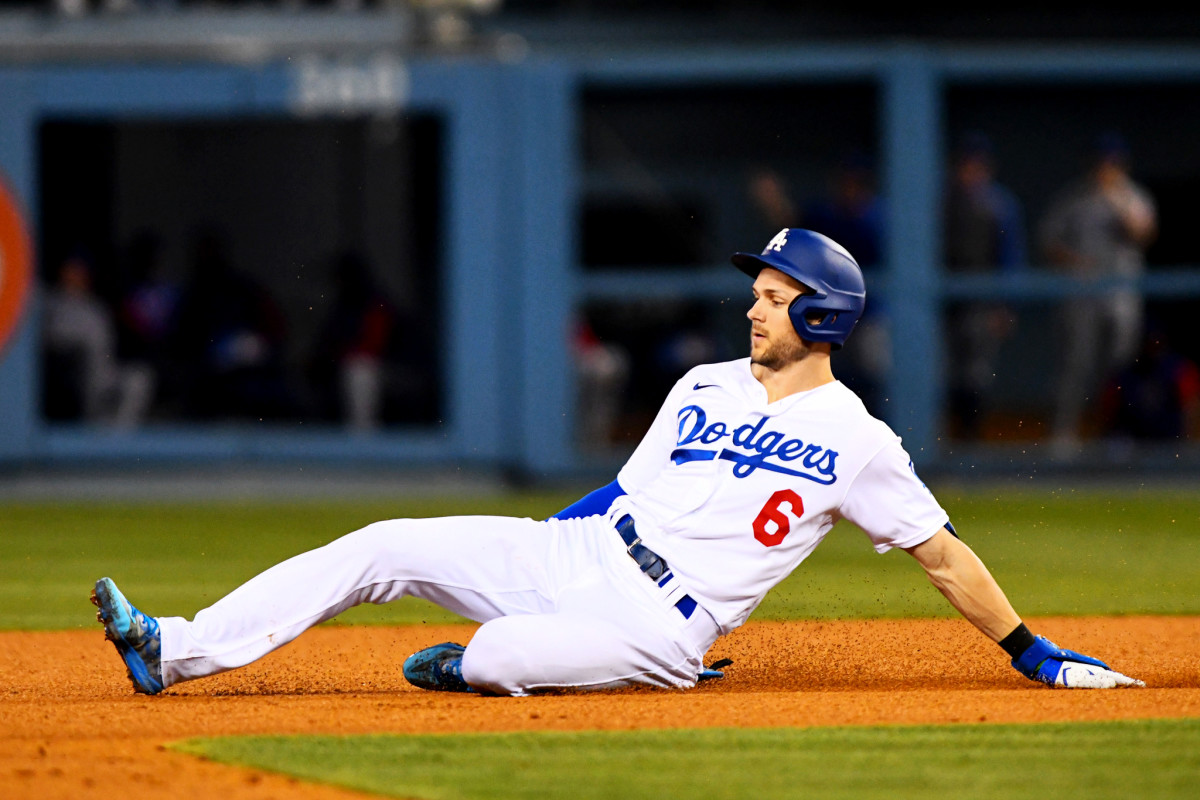The Most Impactful MLB Offseason Signings

Next week marks the unofficial start of baseball season. The Super Bowl will have concluded, and pitchers and catchers will have reported to their spring training sites, with position players following a few days later.
Before we get there, though, let’s take a look back at three of the most impactful signings of this offseason.
Stephanie Apstein

I think the simplest answer is correct: It’s Aaron Judge to the Yankees for nine years and $360 million. He was the best player on the market, and he went to the team that needed him most—and that he most needed.
ESPN probably would not have cut into college football games to show Judge’s at bats this season if he played for the A’s, nor would Jimmy Fallon be inviting him on The Tonight Show. Judge is a star who shines when the lights are brightest, and he can handle the attention of New York. Even as he marched toward the American League single-season home run record and Yankee Stadium fell silent during his at bats, Judge never seemed to stray from the aw-shucks demeanor that got him this far. He joked that he needed to stop disappointing the fans by hitting doubles; when it was over and he had hit his 62nd dinger, he said he was relieved because “as the leadoff guy, I gotta get on base, and I hadn’t been doing that.” He added that he was glad “everyone can finally sit down in their seats and watch the ballgame.”
He is also a spectacular player and respected leader, both of which the Yankees need as they try to chase down the Astros. Even if he does not replicate his historic 2022—and since it’s pretty hard to come within five points of batting average of the Triple Crown, he probably will not—he offers excellent defense in right field, prodigious power and a steadying hand. That the team named him captain after he signed was a formality; he’d been serving in that role for years. The Yankees did not want to imagine life without him. Now they don’t have to.
Emma Baccellieri

The best offseason addition has to be Trea Turner to the Phillies. It checks all the boxes: a great player who fills a team need and is getting brought in at just the right time. The Phillies needed a middle infielder after moving on from veteran Jean Segura, and it’s hard to ask for a better one than the speedy, well-rounded Turner. There are few base-stealers better than Turner: No one in MLB has more steals than him (228) since 2016. (He’s been in the 99th percentile for sprint speed every single year of his career.) While his defense isn’t spectacular, he can easily hold his own at shortstop. And he has plenty to offer at the plate as one of the most impressive contact hitters in the game: Since 2020, he has a .316 average and more combined hits than anyone in baseball. In Philly, he’ll be reunited with his former hitting coach Kevin Long—whom he credits with helping him break through earlier in his career when they both were with the Nationals—making him seem well-suited to take over leadoff duties.
It’s true his contract is both a lot of years (11) and a lot of money ($300 million) for a player who turns 30 this year and depends so much on his speed. But Phillies fans should be heartened by the fact that this deal isn’t backloaded ($27.27 million per year), which should preserve some more flexibility than would be the case with something more lopsided. Anyway, this is about winning now, not about the payroll in eight years. This is an ideal declaration of intention for Philadelphia after last year’s World Series trip: Acquiring Turner underscores that the Phillies don't plan on going anywhere.
Matt Martell

It’s hard to argue with Judge and Turner as the most impactful signings of the offseason, but let’s not overlook the best deal for a free-agent pitcher: Justin Verlander to the Mets.
New York looked externally to improve its rotation instead of re-signing its three quality free-agent starters (Jacob deGrom, Chris Bassitt and Taijuan Walker) and running it back for at least another year. That was easier to do with Bassitt and Walker than it was with deGrom because, when healthy, deGrom is no worse than the second best pitcher in baseball. So, naturally, the Mets signed Verlander, the only pitcher who could possibly be better than deGrom. Factor in the contracts (Verlander at two years, $86.67 million; deGrom at five years, $185 million) and their injury histories, and it’s clear that Verlander represents a fairly significant upgrade.
Think of it this way: the Mets had the second best rotation in the National League last season despite getting only 11 starts (64 ⅓ innings) from deGrom at a regressed performance; he went 5–4 with a 3.08 ERA, compared to the 4–2 record and 2.38 ERA that he posted across a similar workload (12 starts, 68 innings) in 2020. Meanwhile, in ’22, Verlander made 28 starts with the Astros and won the AL Cy Young. As Stephanie said about Judge, it’s hard to expect Verlander to replicate what he did last season, so let’s assume the Mets get his average year since ’16 (the year he revived his career). His performance this season would look something like this: 14–6, 2.69 ERA over 27 starts and 175 innings. (His one start in ’20 brings down the average and probably makes things more representative of the workload he’ll carry with the Mets.) That’s far more valuable than whatever they could count on from deGrom.
